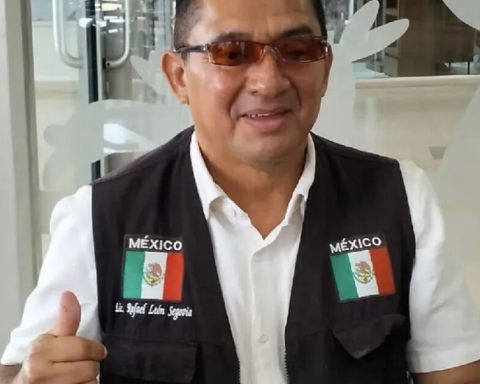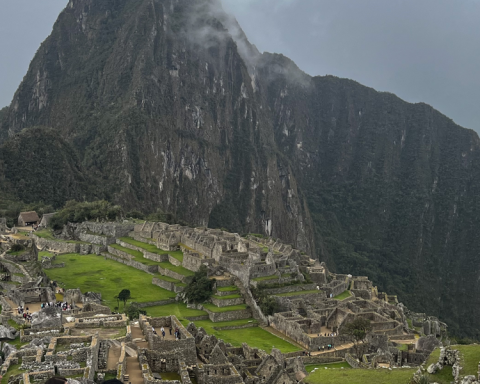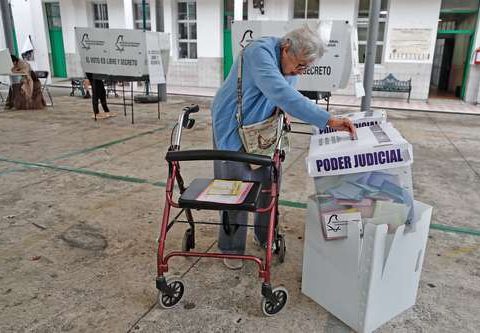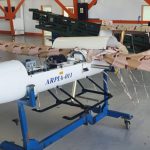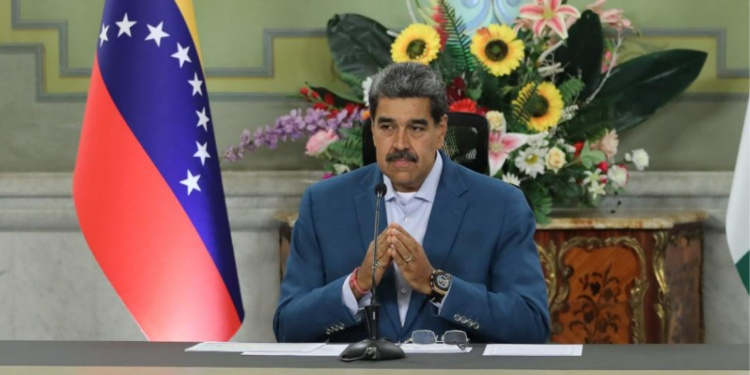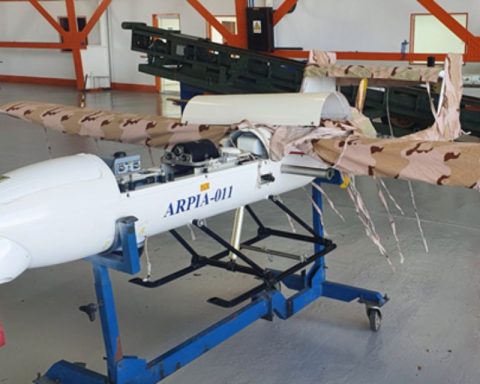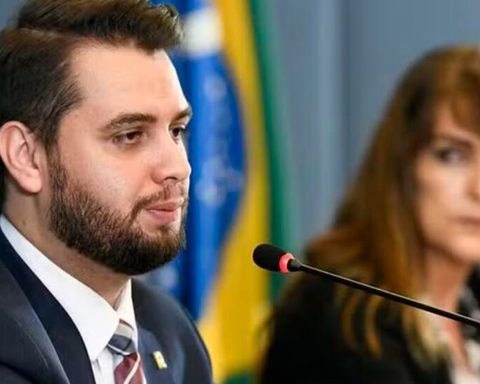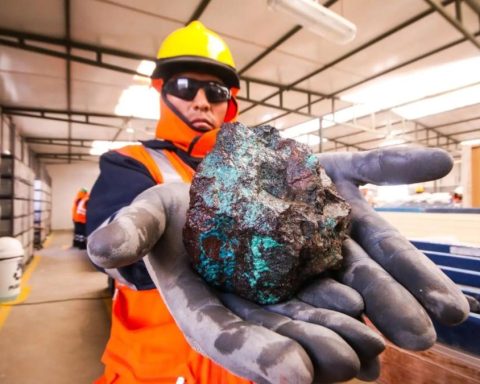AND
In the summer of In 2001, Checo came to Germany for the first time, invited by the Ecumenical Office for Peace and Justice in Munich and by some groups from Cologne, including the student association of the Polytechnic University and residents of the collective house LC36. Susana in Munich and Anne in Cologne were fundamental pillars of Chequito’s first German journey, who traveled accompanied by Sara, a fellow Chiapas native who, although not from the Taniperla community, accepted the request to represent them and returned with Checo in 2003.
Every time Checo came to Germany, with the exception of his last trip in 2021, he was accompanied by Fabiola Araiza, who took care of the documentation and together with Checo has systematized everything related to the method of generating the murals.
In Munich, a community mural was created where some aspects of The mural of Taniperlawhile in Colonia a reproduction of this was made that was left in the middle of the community mural also made there.
In total, Checo coordinated seven murals in Germany: six of them in Munich and one in Cologne.
We could comment on the murals one by one or make a critique of the aesthetics of each one of them, it would even be possible to analyze the pedagogical evolution of the workshops that generated the murals. Surely this is very important and obviously many people with more theoretical tools and experience will do it. What I would like to highlight in these lines is the political aspect of Chequito’s work.
As a community comes together to discuss its life and dreams in order to express them in the form of a large painting on a wall, mechanisms of reflection, self-criticism, consensus-building and decision-making dynamics are unleashed that surely frighten the powerful. Not in vain does the Mexican Army destroyed the Taniperla muralbecause a community that is capable of putting such a clear manifesto on a wall knows very well where it is and knows even better where it wants to go. What they had no idea about was that destroying it would generate a wave of reproductions of it and thus spread the method devised by Checo and his collaborators throughout the entire world.
The method of generating the participatory community mural could be used in other artistic expressions, such as theatre or cinema, being a very powerful form of community organization and expression.
Another aspect to highlight about Checo Valdez’s life was his restlessness. He always had to be looking for something more. He could have perfectly rested on the laurels of the more than 50 reproductions of the magic mural
as he called the one from Taniperla. Well no, he also wanted the communities to paint their lives and their dreams, and boy did he succeed. I don’t know how many murals he coordinated, but there were a lot. But even that wasn’t enough for him. He fought hard to organize diploma courses where people could be trained as promoters of participatory community murals.
Every time we invited him to come to Germany, his concern, before asking about a wall, was whether we could also organise a diploma course, which we finally managed to organise in 2015. This is proof of his enormous generosity. Every time he came, we had to schedule at least one day in his schedule to go with him to look for gifts. Even if it was just a shopping bag, he brought something for everyone.
Those who knew him will agree that he had an optimism that bordered on stubbornness. When he decided on something, he would not stop until he convinced everyone else; if he had not done so, we would surely not have the seven murals that we have in Germany and we would not have lived through all those moments. This optimism was also extremely useful in not giving up when looking for a wall to paint on, a task that is not easy in Germany.
It was a great joy to have him here and share long evenings discussing and talking about serious things, but also having a good time. all out
; because yes, our dear Chequito knew how to have a good time.
We can say that he lived, or, as Anne said: he lived and did not save. Instead of a backpack, he leaves us a palette of colors, brushes and a call to paint our dreams and fight to make them come true. We will miss him and I will no longer have anyone waiting for me in Chilangolandia with a book, Antonio’s book.
The mate has already been washed, so we’ll have to pour ourselves a glass of wine and toast: Cheers, comrade!
* Human rights defender
